Helicopter Ops and Safety – Gulf of Mexico 2019 Update
The Helicopter Safety Advisory Conference (HSAC) has been publishing data on the Gulf of Mexico (‘GOM’) offshore helicopter fleet and its safety since 1995. We have looked at their 2014. 2015, 2016, 2017 and 2018 reports previously. Now we examine their 2019 data, dated 28 May 2020 but only released in mid-December 2020.
Helicopter Operations: GOM Fleet Data
HSAC report that flying activity continues to decline, with just over 163k flying hours in 2019 (11% down on the 182k hours in 2018 and vs 471k in the peak year of 1997). Over the last 10 years it is clear that, in particular, there has been a steady decline in single engine helicopter usage, dropping 59% in that time as older coastal oil fields decline.
The fleet dropped to 276 helicopters, from 336 helicopters in 2017 (down 18%). The number of single engine helicopters fell from 176 to 142, down 19%. The light twin fleet dropped from 25 to 20 (20%). The medium twin fleet went from 97 to 83 (14% down). The number of heavy twins fell from 38 to 31 (18%).
Again the most pronounced reduction has been in single engine helicopters (a 55% drop in 10 years).
Utilisation per aircraft has increased to 592 hours per aircraft (9% up on the previous year). Average sector length had been creeping up, from 22 minutes in 2016, to 23 in 2017 and 25 in 2018. In 2019 it was 24 minutes.
The number of operators reduced from 9 to 8 (vs 13 in 2014). The big two are Bristow (who merged with ERA in 2020) and PHI, with RLC strong in the single engine sector.
Helicopter Safety GOM
Unfortunately, there were two accidents in 2019 both fatal.
A Bristow Bell 407, N577AL, operated for Talos Energy, was lost shortly after take off from Galliano, LA on 10 March 2019. The pilot and single passenger both died.
NTSB say:
The pilot of the helicopter departed on the flight to transport the passenger to an offshore platform; several minutes before the accident, he transmitted a pilot report describing a cloud ceiling about 700 ft above ground level and 6 statute miles visibility. Onboard data indicated that the helicopter entered a descending left turn from about 300 ft above ground level that continued until the helicopter impacted a marsh.
The turn to the north was not consistent with the intended route of flight. The characteristics of the turn as it tightened over the last 25 seconds of the flight (increasing roll, decreasing pitch, and vertical descent rate) are consistent with the pilot experiencing spatial disorientation and loss of control. The restricted visual references resulting from the low cloud ceilings and flight over a body of water that lacked significant contrasting terrain features would have been conducive to the development of spatial disorientation; and the low altitude in which he was flying would have limited his available time to recover.
The NTSB Probable Cause was: The pilot’s loss of control during cruise flight as a result of spatial disorientation while operating the helicopter in close proximity to terrain in marginal meteorological conditions.
On 7 December 2019 a Panther Helicopters Bell 407, N79LP, with two persons onboard went missing in transit between 2 offshore installations about 25 nm SE of Grand Isle, Louisiana. Communications were reportedly lost 10 mins prior to the expected landing. The wreckage was subsequently discovered by a fishing vessel. Both POB died.
Consequently, according to HSAC:
- The 2019 accident rate was 1.22 per 100k flying hours and the 5-year rolling accident rate 0.93 per 100k flying hours.
- The 2019 fatal accident rate was also 1.22 per 100k flying hours and the 5-year rolling average fatal accident rate is 0.46 per 100k flying hours.

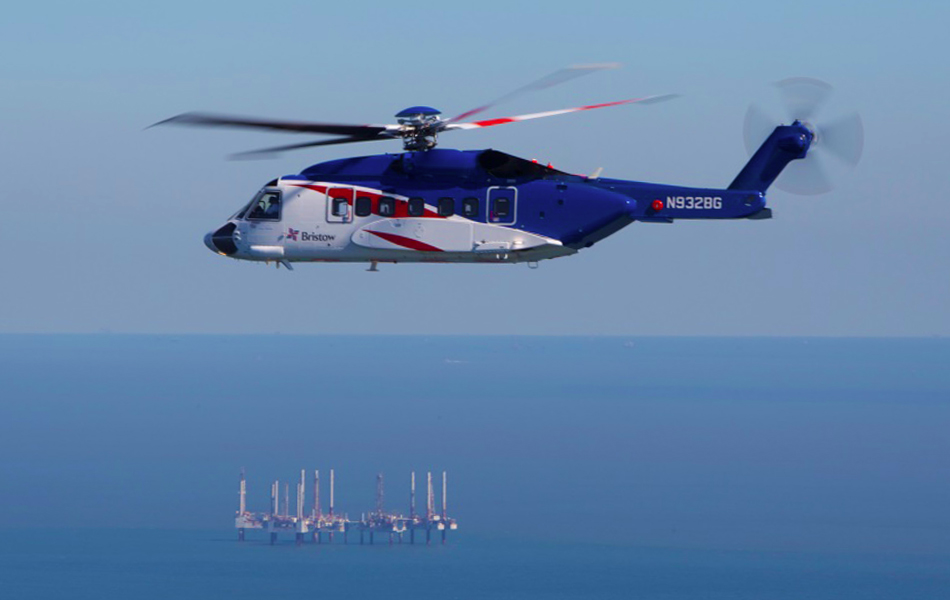
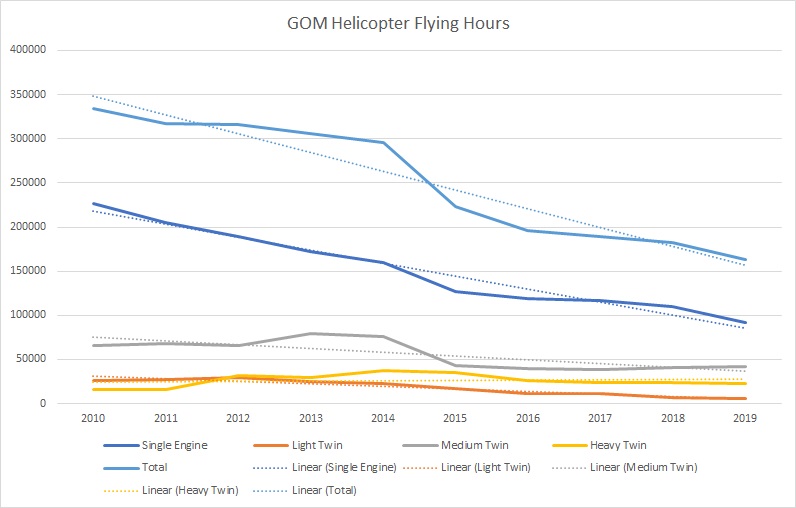
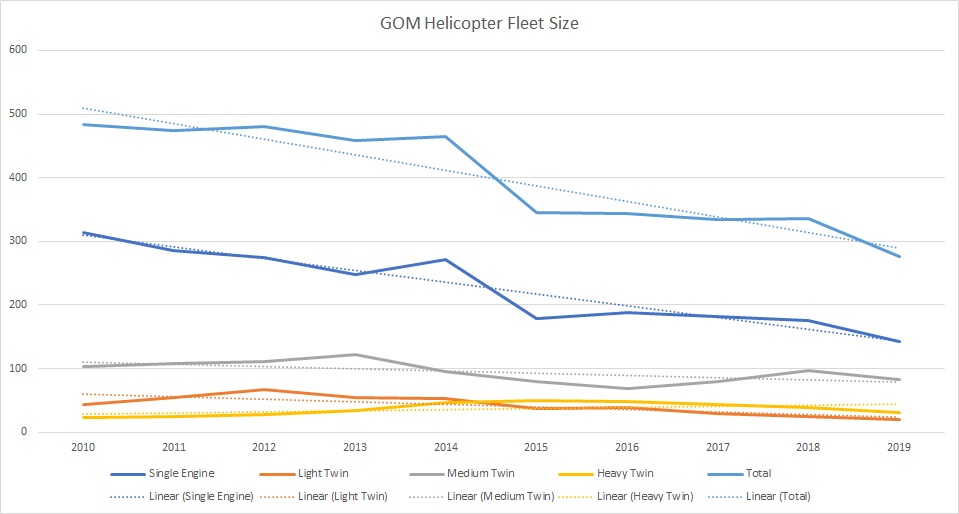


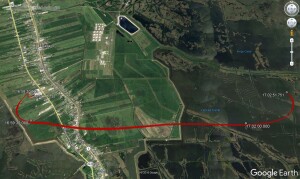
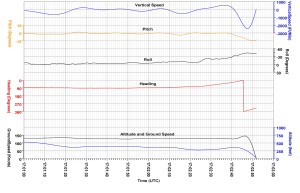
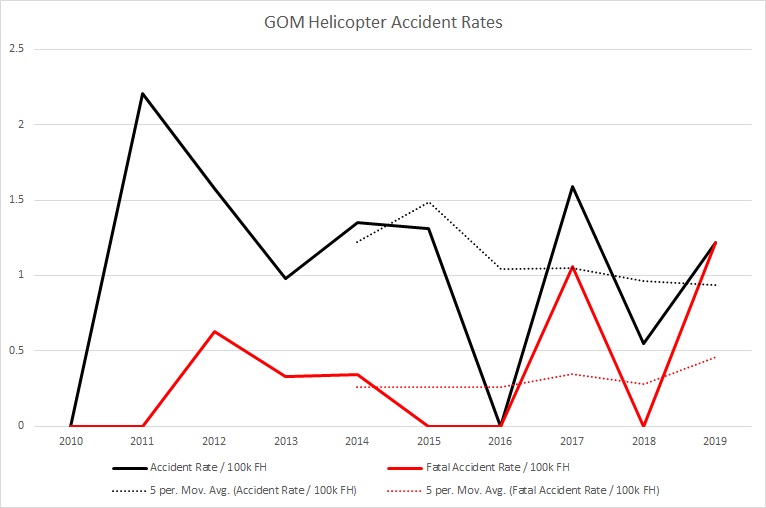
Recent Comments